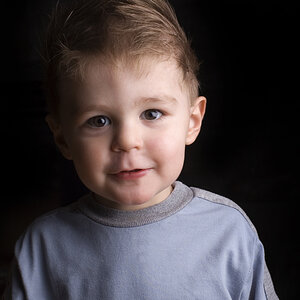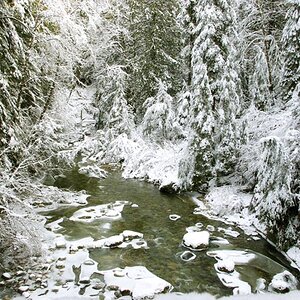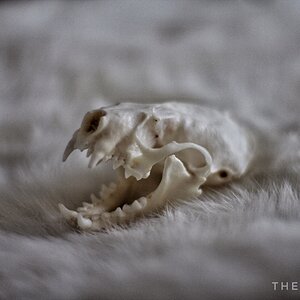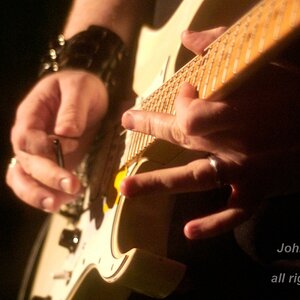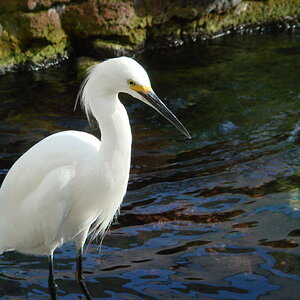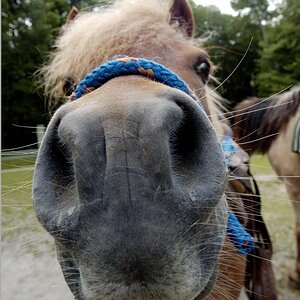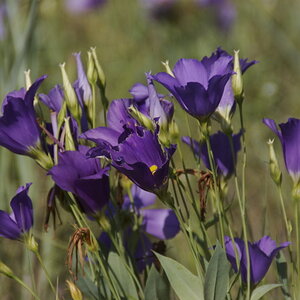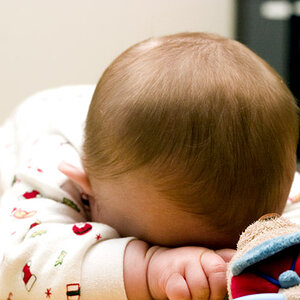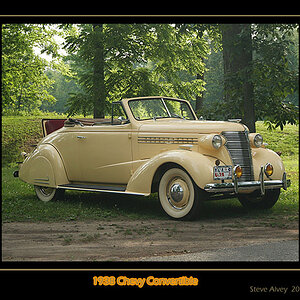Hello all
I am new at photography but working my way through to be a fine amateur photographer At this point I am not interested to become a professional. I take photos for fun... I have purchased the Canon 650D (Rebel T4i) with the kit lens 18-55 mm. I am NOT satisfied at all by this lens!
At this point I am not interested to become a professional. I take photos for fun... I have purchased the Canon 650D (Rebel T4i) with the kit lens 18-55 mm. I am NOT satisfied at all by this lens!
I would like to own a good general purpose lens, a wide angle lens and a macro lens. I have read so much about lenses and am lost. I have looked into the 18-200 mm (for general purpose), the 10-22 mm for landscapes but I don't know what to get for the macro. Is it better to get a prime lens or a zoom lens?
Thanks for your help
I am new at photography but working my way through to be a fine amateur photographer
I would like to own a good general purpose lens, a wide angle lens and a macro lens. I have read so much about lenses and am lost. I have looked into the 18-200 mm (for general purpose), the 10-22 mm for landscapes but I don't know what to get for the macro. Is it better to get a prime lens or a zoom lens?
Thanks for your help

 It's really fun to shop for and buy new gear...and yes, better gear can certainly help to get better photos...but really, the very best way (and usually the cheapest) to improve you photos, is to improve the photographer. In other words, invest in yourself; get some good books, read plenty of stuff on the internet and best of all, take a class.
It's really fun to shop for and buy new gear...and yes, better gear can certainly help to get better photos...but really, the very best way (and usually the cheapest) to improve you photos, is to improve the photographer. In other words, invest in yourself; get some good books, read plenty of stuff on the internet and best of all, take a class.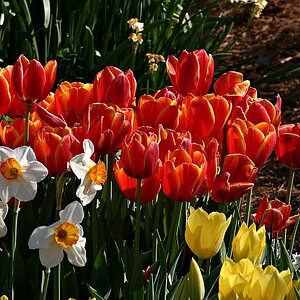
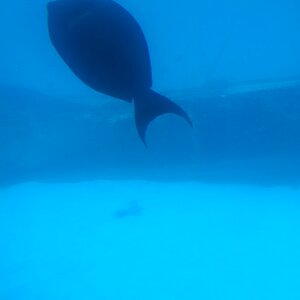
![[No title]](/data/xfmg/thumbnail/34/34145-b89ccc67a24004d6d7a9026a7395914b.jpg?1619736318)
